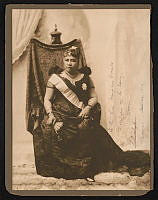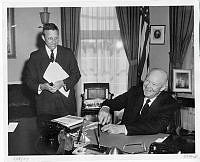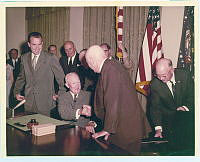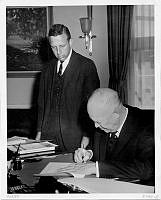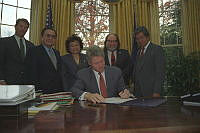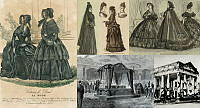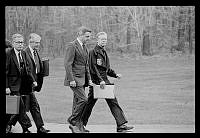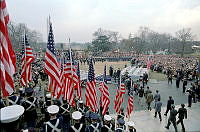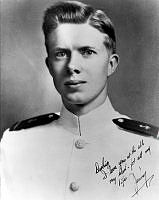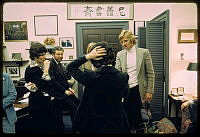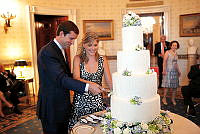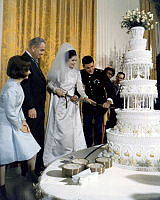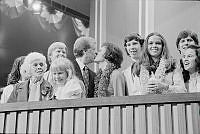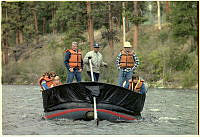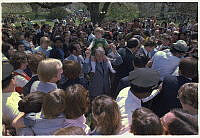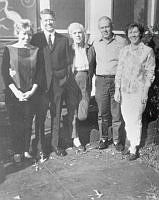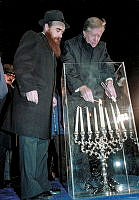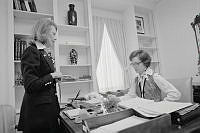President Garfield's White House Upgrades
On February 12, 1880, a wooden crate arrived at the White House containing a new contrivance which would make an immediate impact on the Rutherford B. Hayes administration: a Fairbanks & Company Improved Number Two Typewriter.
From that time on presidential letters began to appear in ragged little lines of type, instead of a clerks' fancy penmanship. A year later an experimental form of air-conditioning with an electric blower was installed in the sick room of mortally wounded James A. Garfield shot on July 2, 1881. The device forced air through a box with screens that were kept wet with cold ice water and cooled the president. In the month of his inauguration, Garfield had ordered a hydraulic elevator for the house, but the project was postponed during his illness for fear that the noise of the construction would outweigh the resulting convenience. The elevator was finally installed in the fall of 1881, after Chester A. Arthur succeeded Garfield.

Drawing of a hydraulic elevator similar to that installed in the White House.













